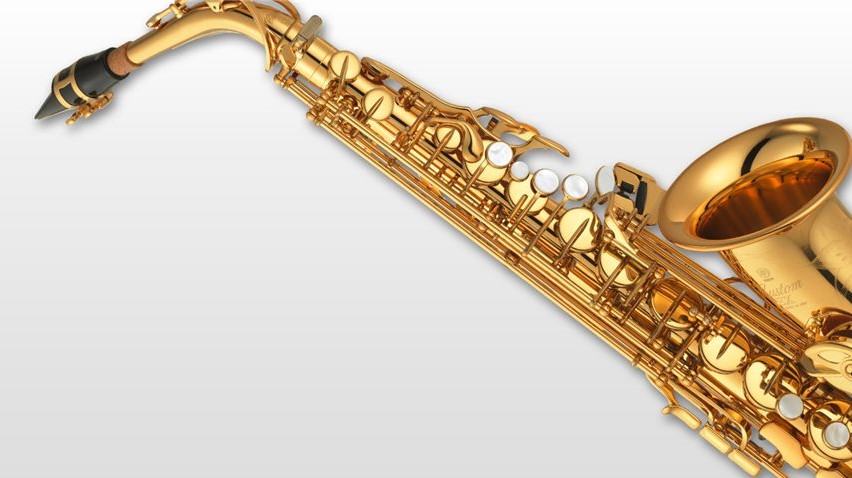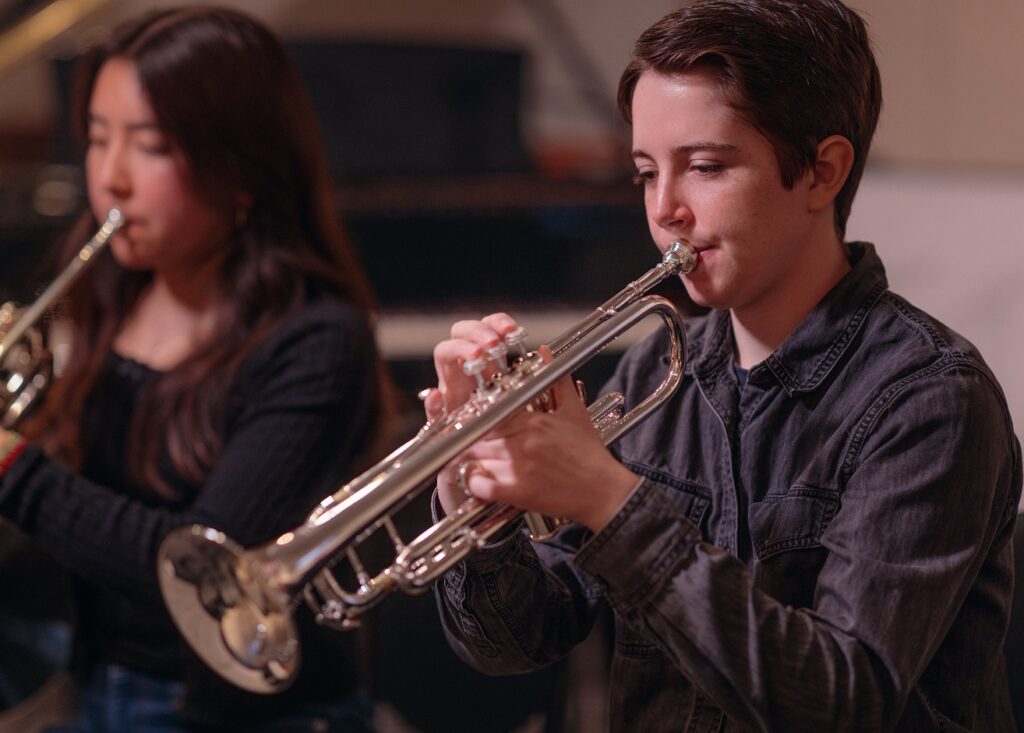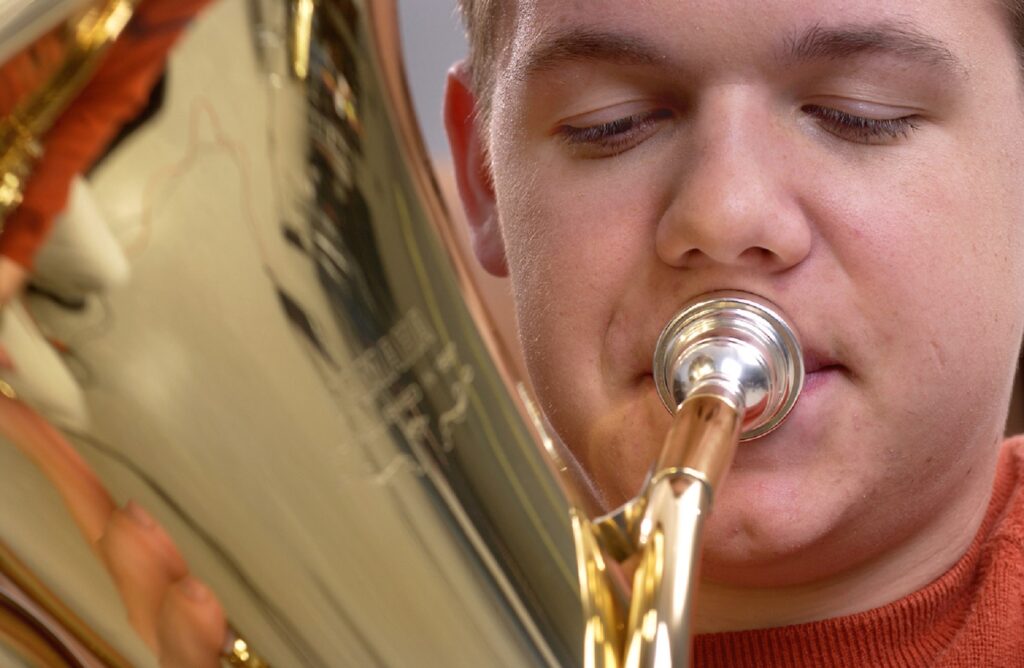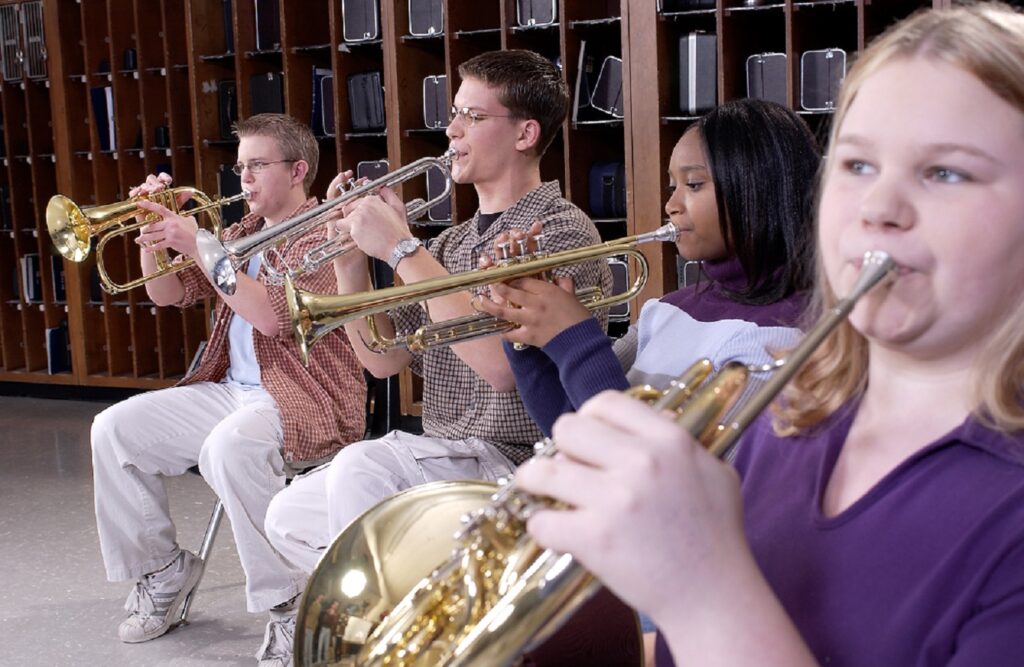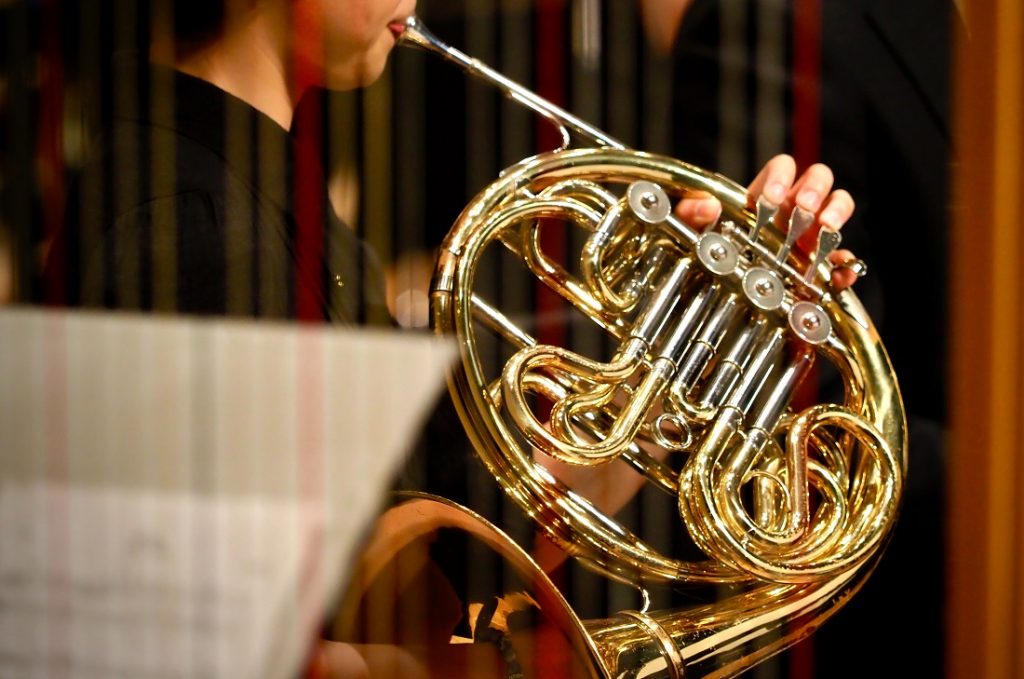4 Tips to a Stronger Low Saxophone Section
Move the needle forward with your low saxophone section with these four tips.
When a saxophone section “clicks,” it’s an awesome musical moment. These musicians are technically proficient, well-balanced, in tune and great communicators across the ensemble.
In any band, an outstanding saxophone section can bring an irreplaceable timbre and depth to the entire group.
One of the factors that contributes to this sound is a robust low saxophone section. Without powerful saxophone presence, the rest of the section can’t bring the same level of magic to the musical moment.
So, how do you bring this sound to your ensemble? Here are four tips to get your low saxes to the next level.
| READ: The Importance of Saxophone Mouthpieces |
Tip 1: Low Saxes are Heavy, So Good Posture is Key
One of the most common challenges across all young baritone and tenor sax players is learning how to produce a strong sound with the weight of the horn bearing on them. Students need the proper equipment and training to help get them to produce a sound that supports the higher voices in the ensemble. Saxophone harnesses are a necessary tool to distribute the weight of the saxophone to not just the neck but also the larger muscle groups in the back and shoulders. Another important consideration is the possible use of a bari sax peg. In ensembles where the musician is sitting, the addition of a peg to support the saxophone’s weight on the ground can alleviate most, if not all, of the weight of the heavier saxophone.
| READ: Beginner’s Guide to the Saxophone |
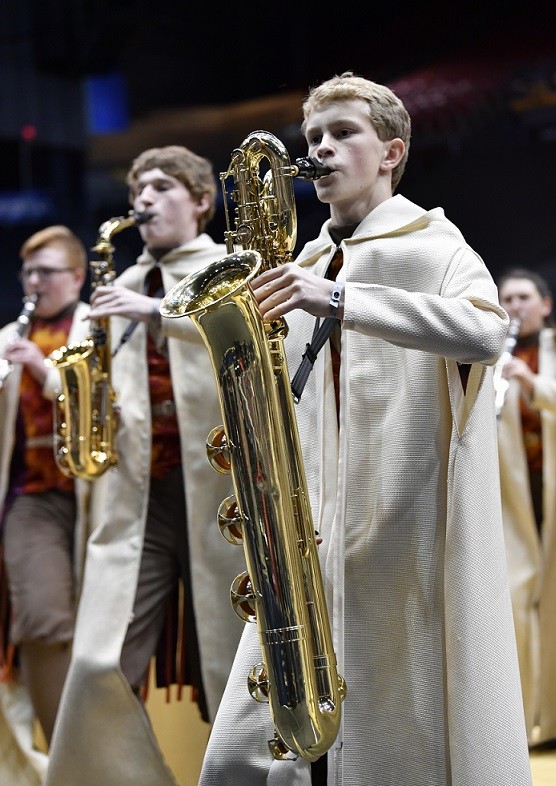 Tip 2: Longer Tube = More Air
Tip 2: Longer Tube = More Air
The first thing most players notice is that it requires much more breath support to produce sound on the baritone sax than higher-pitched saxes. There are many approaches to solve this challenge, including introducing your baris to your brass section’s breathing exercises and using a harness to allow for better and deeper musical breathing through good posture (see Tip 1 above).
Another factor to consider is the balance between the mouthpiece tip opening and reed hardness.
Perhaps most important to the goal of filling up the instrument with sound is the instrument itself. Design changes in neck and bore design have made considerable improvements in the way a big instrument like the baritone saxophone responds. In the new YBS-480, the redesigned student baritone saxophone in the Yamaha lineup, the horn utilizes the neck and bore design of the professional Yamaha saxophones.
THE YAMAHA EDUCATOR NEWSLETTER: Join to receive a round-up of our latest articles and programs!
Tip 3: Centered, Accurate Pitch
Tuning the lowest voices sets the intonation for the ensemble, but what if your students in the low saxes are struggling with getting their horns in tune? The first thing to confront (and accept) is that not all notes on the saxophone will be perfectly in tune, regardless of the set-up. To get an accurate pitch, experiment with fingering adjustments, chordal substitutions and having higher voices adjust to lower voices.
Low saxes especially have large variances in the way they play, especially if they’re vintage horns or have been put through years of abuse in band programs.
The YBS-480 was designed with a shorter bell to compensate for the typical tuning challenges of the baritone saxophone and is meant to bring better consistency and accuracy in difficult tuning situations.
Tip 4: What They Play Matters
Move the needle forward on your students’ sound by finding a setup that you know works for the environments your students play in and for the sound you want. However, even with the most careful, best-intentioned students and meticulous repair services, the lower saxophones tend to get beat up in band programs. The YBS-480 is meant to bring your baritone saxophonists the same durability, intonation and response of the last model (the YBS-52) but with notable improvements in pitch accuracy and the option to add a peg. Getting smaller-sized students playing the horn earlier is now a possibility with the option of screwing a peg (sold separately) into the attached receiver.
Click here for more information about the new YBS-480 Baritone Saxophone.











